As anyone in the area would know by now, on the 11th of last December, the Bidwell Mansion was burned to the point that only the framework remained. The 26-room mansion housed John and Annie Bidwell from 1868 until their deaths. With the crime being committed, there have been many questions and controversies about the Bidwells’ lives. Questions like: Who were they? What did they do? What did they stand for? Should they work towards rebuilding? Controversies such as accusations of slave ownership and forced conversions of native people. But what is the truth of it all?
“John Bidwell was, overall, a progressive man for his time,” said Nancy Leek, a historian, librarian, and author of “John Bidwell: The Adventurous Life of a California Pioneer.” Leading several different causes, being a farmer, while also being a man of politics, Bidwell kept busy his whole life. He was born in Chautauqua County, New York, but moved all about the upper eastern side of the United States with his siblings and parents. Bidwell had many accomplishments in his life, beginning with becoming the principal of Kingsville Academy in Ohio at the age of 17. He was also part of one of the first wagon parties to travel to California. In 1841, before the Gold Rush, he and many others set out from Missouri to find fortune and a better life in the Bartleson-Bidwell Party.
When he settled into modern-day California, then part of Mexico, he wanted to start working on his dream of becoming a farmer. “He was considered the foremost agriculturalist; very innovative in diversified agriculture,” said Leek. He purchased a section of land from the Mexican Government but never worked with it because it just wasn’t to his liking.
In January of 1848, when gold was found in Sutter’s Sawmill, Bidwell figured that there had to be gold in other places in California as well. He headed to Feather River, and he was right. His dream was never to become wealthy, just to get by with his farm. It isn’t known how much money he made from the Gold Rush but it was enough to buy Rancho Chico, the whole northern side of Chico Creek.
Annie Ellicott Kennedy was introduced to John Bidwell in 1865, a bit after construction began on the mansion, while John was serving a term in the House of Representatives. Annie’s father was the Head Director of the US Census Bureau, which made Annie a part of the upper class in DC. When they first met, John was head over heels for Annie, but she wasn’t too keen about loving him. She was raised in a very religious household and while he was brought up by a religious family, he didn’t go to church and had never been baptized. She was also very comfortable living with her parents in their loving home and was scared to move across the country with a man she had just met.
“And Bidwell made her a promise. ‘You can go home and visit your family as often as you’d like. Very soon there’s going to be a train,’ ” Nancy Leek explained about their arrangements.
They married in 1968 and moved into the newly finished mansion that was painted in Annie’s favorite shade of pink. The transcontinental railroad was finished the year after and was revolutionary. Before, it would’ve taken someone a month and a half to travel across the US; now it would take only seven days.
After Bidwell’s turns within the national government, he stuck to local improvements, advocating for women’s suffrage, prohibition, overall accessible education, and the welfare of Native Americans. Annie was the reason he was so dedicated to most of the causes, she was the one that motivated and pushed him to continue his work. Now did they go the right way about it all? Debatable.
“Annie was the one who took control of working with the Mechoopda Indian population in a very ardent, Christian way. She believed that they all needed to go to churches that saved people, so she did that. She had them baptized,” explained Tim Milhorn, who used to be a tour guide for the mansion. “Of course, by today’s standards, what they did was wrong. But at the time, Native people were being slaughtered so the Mechoopda were considered ‘safe.’”
John Bidwell was one of the key figures in establishing Chico State. California was looking for another place to put a college, so Bidwell donated an eight-acre cherry orchard to the state to build their school on. Originally Normal School for Chico, it was then changed to Chico State Teachers College, then they dropped the “Teachers” in the name, and since 1972 has been California State University, Chico.
The streets near the downtown area, Chestnut, Hazel, Ivy, Cherry, and Orange, spell out “Chico” and were hand-picked by John Bidwell to represent some of the crops he cultivated. Once, downtown, he and a group of other men had stopped a handful of cowboys who were planning on burning down all of Chico’s Chinatown.
After John’s death in 1900, Annie left his orchards to the state in a piece of land now known as Bidwell Park. When Annie died in 1918, she left the house to the state as well, the Bidwell Mansion, and since then they’ve both been left under California’s protection. Last year both were damaged by arsonists. The Park Fire burned a total of 429,603 acres last summer and now people are waiting for succession to take place to bring it back to what it was. However, for the mansion, it can’t just “regrow.” It would take thousands of dollars and years of restoration. But even then, would it be worth it?
While there’s no definitive answer, a lot of thoughts have been thrown around.
“I wish I could give you a straightforward answer, Yes or No, but I am not sure,” Leek said.” I would like to see what other ideas people have besides simply replicating Bidwell Mansion. I would love to have the original mansion back, but that’s not feasible. I want to explore the options before I make a choice.”
When asked the same question about rebuilding, Tim Milhorn said, “No, I don’t. Too expensive. They could take materials that survived and incorporate them into a new building.”
It isn’t directly up to the people of Chico, as it’s a state-owned building, and it will probably take quite some time for officials to act on their decision.
As of March 5th, Kevin Alexander Carlson has been sentenced to 11 years in state prison. While being interviewed in Butte County Jail, he claimed to feel anxious and manic the morning of the day before the arson. In the press release from Butte County, it says, “He explained our government seemed to be more concerned with maintaining a mansion and protecting the legacy of “one guy” (referring to John Bidwell) known to exploit people while ignoring the less fortunate who lived near the base of the mansion.”

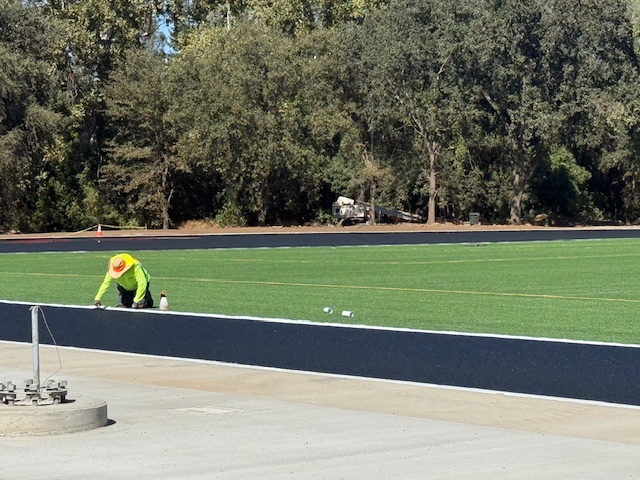
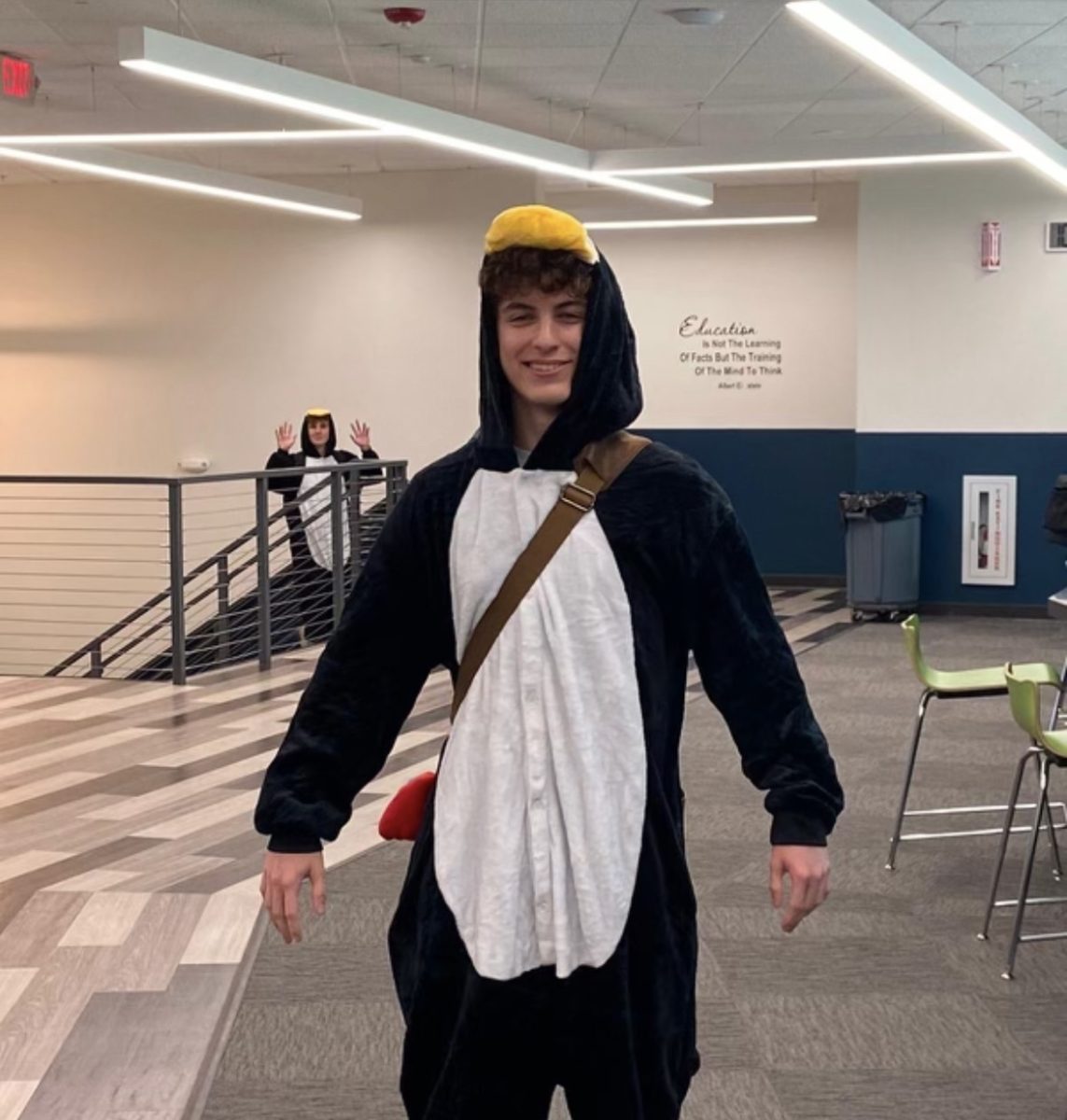



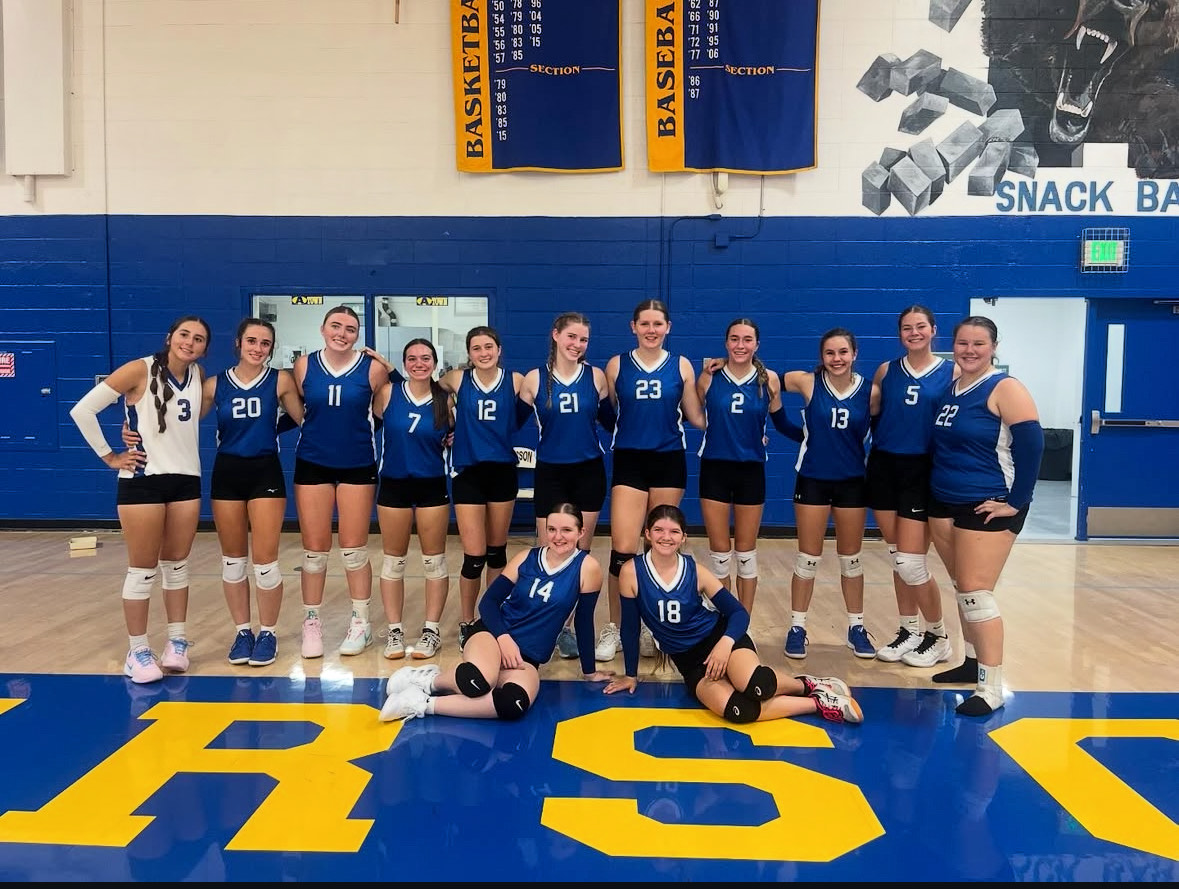
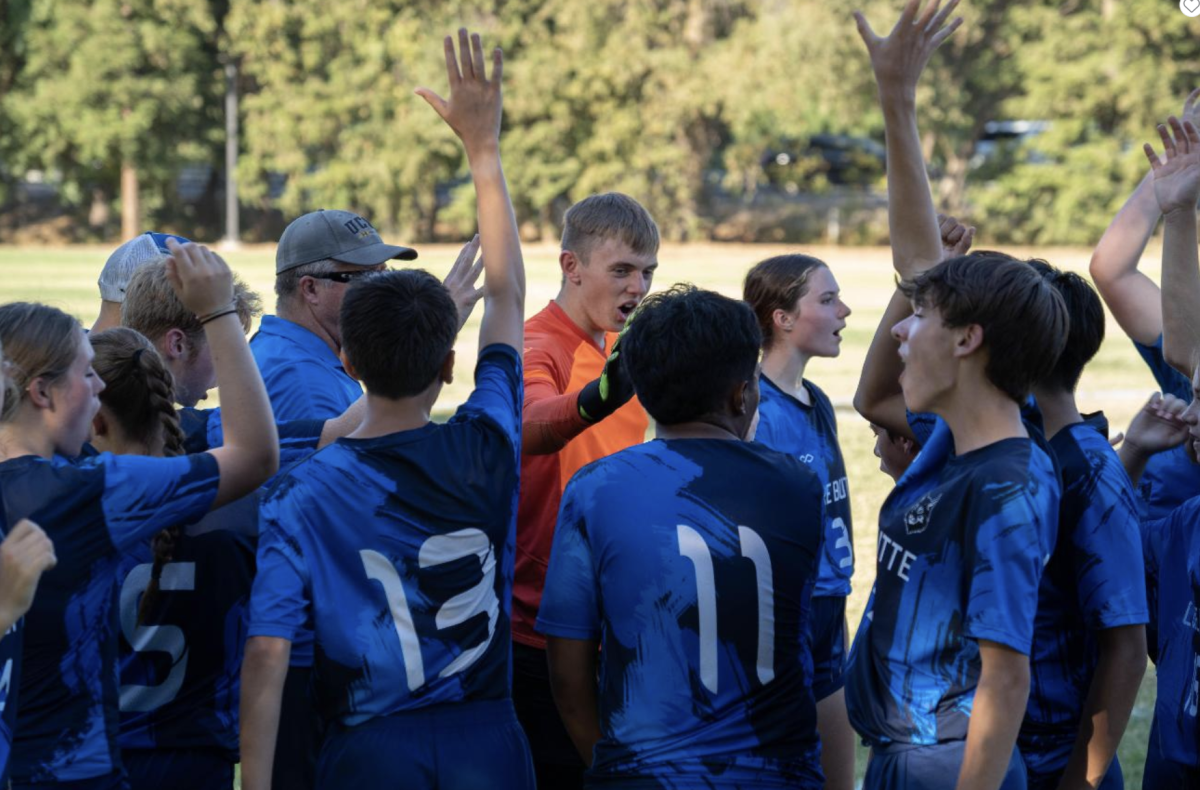





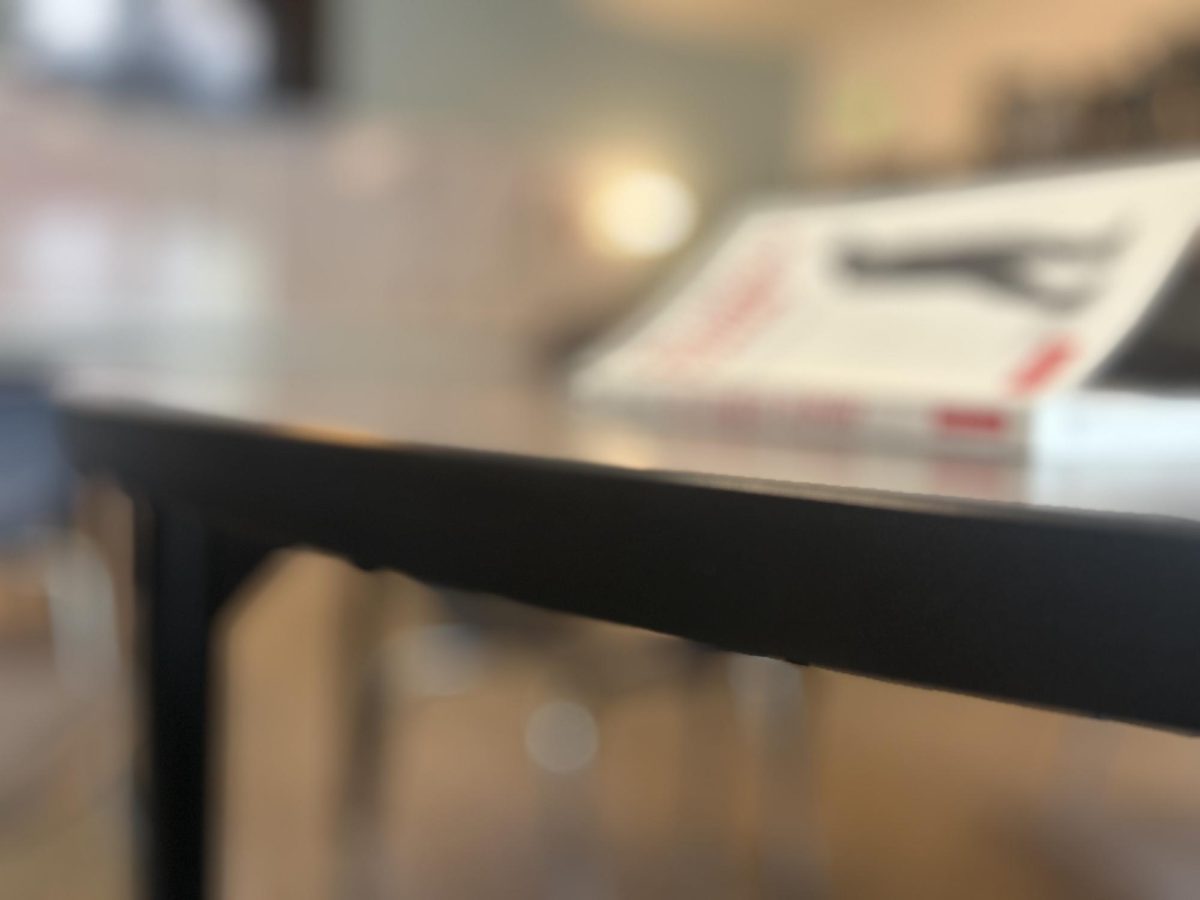


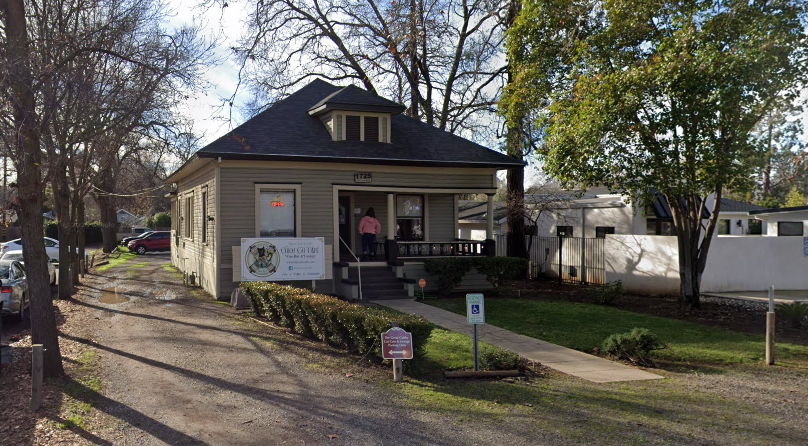

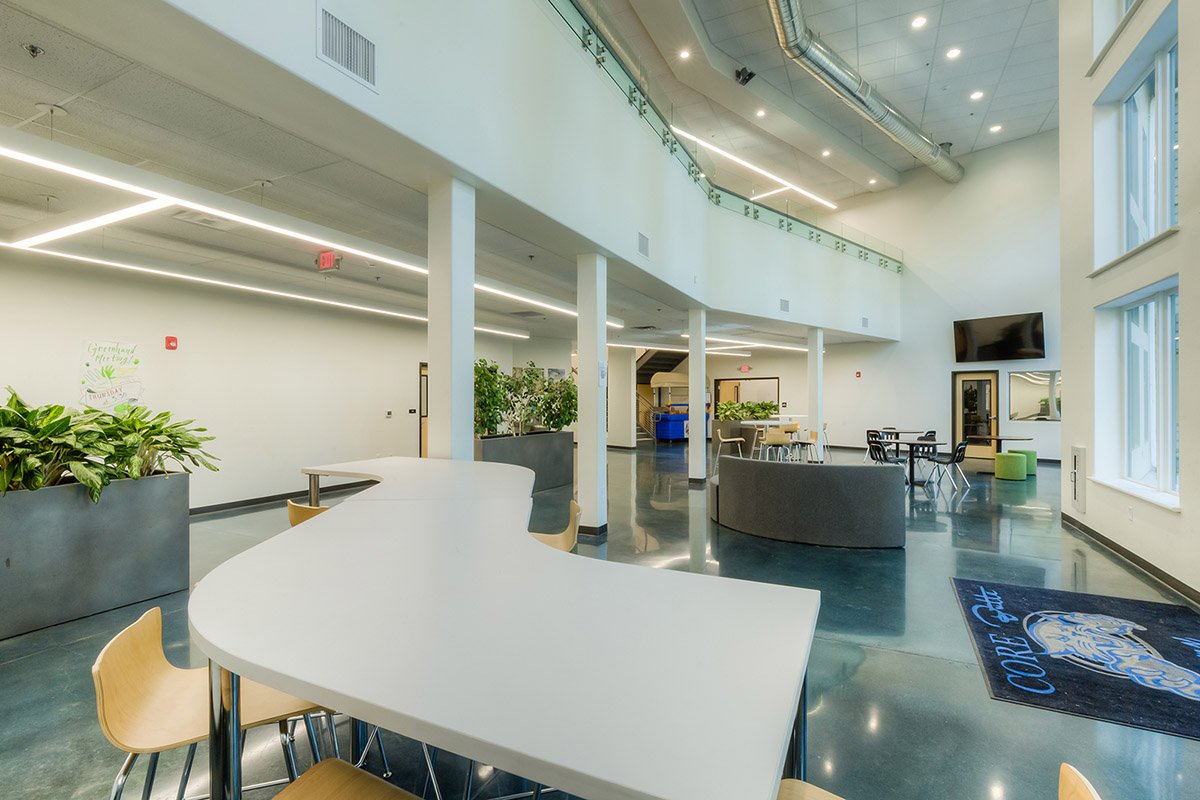
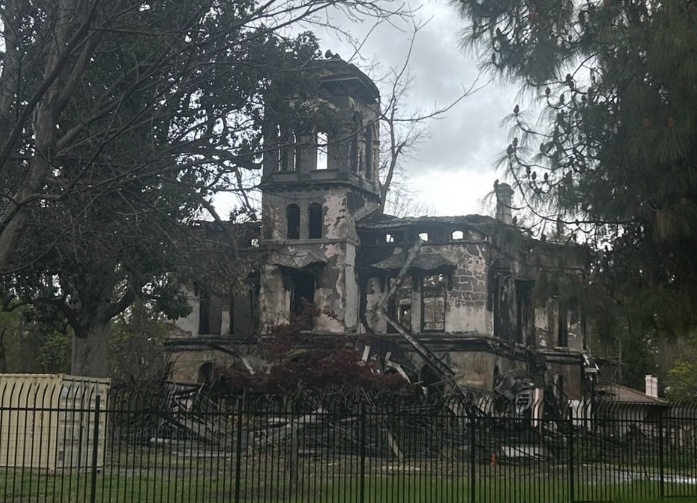
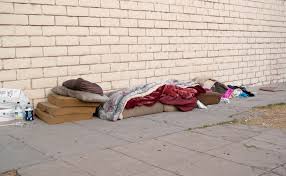
Nevaeh Smith-Lucero • Apr 8, 2025 at 2:16 pm
I very much so agree with people who don’t think that it should be rebuilt because good money can be spent elsewhere than trying to rebuild a historical building that will no longer be historical because it has been rebuild. Overall this was a great piece of journalism.
KK • Apr 8, 2025 at 2:14 pm
Very insightful to the history of the Bidwell’s! great writing and nice explanation it all leading, the readers to make their own decision knowing the history of the mansion.
Ovidah B Manalu • Apr 8, 2025 at 1:17 pm
I like the thorough details.
marshall • Apr 8, 2025 at 1:14 pm
It’s interesting how much of Chico’s identity is still tied to Bidwells legacy,
R • Apr 8, 2025 at 1:13 pm
“The streets near the downtown area, Chestnut, Hazel, Ivy, Cherry, and Orange, spell out ‘Chico’ and were hand-picked by John Bidwell to represent some of his cultivated crops.” This is a cool, fun fact about Bidwell for Chico.
Roman Nystrom • Apr 8, 2025 at 10:09 am
An insightful and elegant piece that captures the nuanced issue of the Bidwell Mansion dilemna. You masterfully relate it to recent events such as the Park Fire as well as events from the far flung past such as Bidwell’s one interesting history. You present a plethora of facts for the reader to unpack, but do not attempt to sway them in any particular direction. All things considered, this is an excellent piece of journalism.